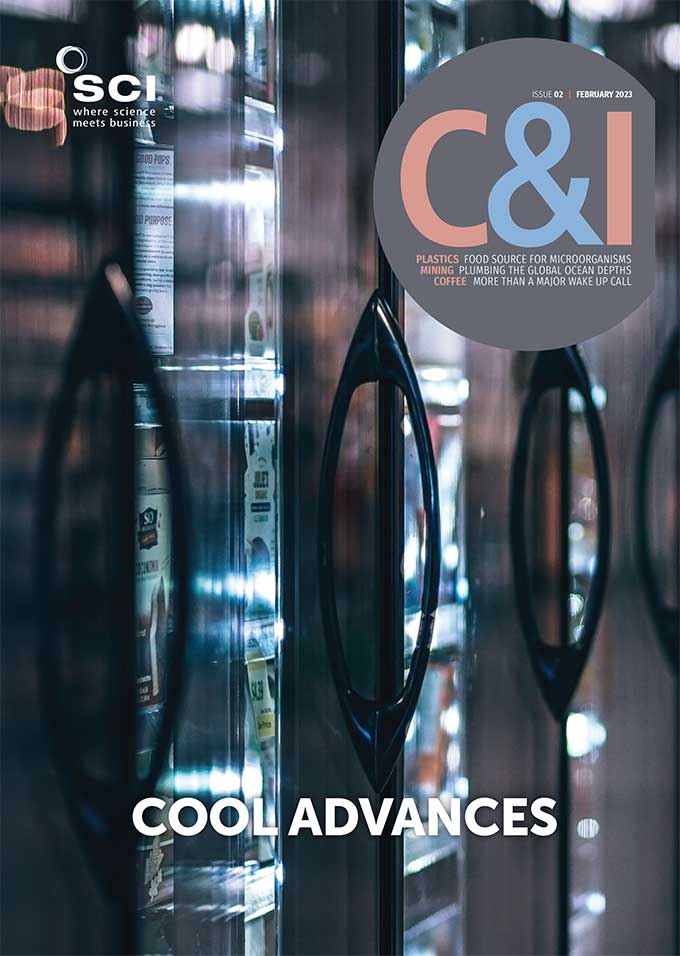Anthony King
A UK project is under way to convert industrial waste gases into the chemical ingredients needed to make surfactants essential to many consumer products. The Flue2Chem collaboration aims to show how 15 to 20m t of carbon dioxide emissions could be cut annually.
Spearheaded by SCI and Unilever, 15 organisations are onboard, including Proctor & Gamble, BASF and Johnson Matthey.
After just two years, the consortium hopes to have a bottle of cleaning product with key ingredients made from waste CO2 emissions that it can hand to policymakers. Consortium members are focused on delivering practical benefits. ‘We need superior products that people are willing to buy, with affordable, but also sustainable ingredients,’ says Ian Howell, head of advanced materials development at Unilever.
Waste flue gases from steel and paper mills will be captured by project partners and converted into intermediate chemicals, such as hydrophobic alcohols and ethylene oxide. Unilever recognises that – like competitor companies in the project, Reckitt and Proctor & Gamble – it cannot invent such processes. ‘We’re an end user company. We don’t make chemicals,’ says Howell.
UPM-Kymmene, Holmen and Tata Steel, also part of the consortium, will deliver the waste CO2 from their processing plants. Carbon Clean, headquartered in London, aims to capture 10t CO2/day from paper and steel waste streams using amines. At the University of Sheffield, chemical engineer Peter Styring is likewise focused on carbon capture, using a process run in a unit the size of a shipping container. This relies on pressure swing and a novel adsorbent.
The Sheffield technology has been licensed to CCU International, and the project aims to capture 1t/day of CO2, with an ambitious timescale. ‘We aim to produce our first intermediate for the surfactant supply chain within about six months,’ says Styring, who is also involved in the second stage – turning the waste gas into long-chain fatty alcohols, typically 12 and 14 carbon alcohols, using an intensified Fischer-Tropsch type process.
Johnson Matthey, BASF and Croda will be producing fatty esters, fatty alcohols and ethylene oxide, with the UK’s Centre for Process Innovation investigating biological processes to produce the same intermediates. The aim is to link up the entire value chain, going from waste gas to a surfactant.
It is crucial for the project to show that large-scale production is possible. ‘We recognise that this is an industry challenge, not just a Unilever challenge,’ says Howell. ‘From a Unilever perspective, we want the industry to change.’
Today, surfactants are manufactured in huge volumes from fossil fuel hydrocarbons. But the consortium’s aim is not to develop a bespoke process for niche consumer products, Howell explains. ‘We need to compete with existing fossil-based materials. You need something that is going to scale effectively to bring the cost down.’
Carbon involved in consumer products can be fossil fuels consumed by manufacturing processes as well as the carbon atoms inside the manufactured goods themselves. In the case of cleaning products or shampoos, this carbon eventually goes down a household drain and into the environment. ‘Most people do not yet appreciate this embedded carbon is in their products and that it will eventually degrade to become CO2,’ says Howell.
Each year, the UK imports large quantities of embedded fossil carbon in its consumer cleaning products. ‘If you look at the Defra numbers, the imported embedded carbon is about 350m t/year, while direct emissions are around 500m t,’ says David Bott, head of innovation at SCI.
One of the the biggest volume ingredients in consumer products is surfactants, says Howell. Making surfactant from waste CO2, rather than fossil hydrocarbons, can therefore significantly reduce greenhouse gas emissions – as will be validated in the project.
The two-year consortium secured £2.68m of funding from Innovate UK and aims to help the UK reach its net zero target. Bott says it is important for the project to generate chemical precursors, from waste gas, that are the same as those from fossil fuels. ‘A lot of what we are doing here in the supply chain is not radically new, but we are translating it from what scientifically and technically works to something that works commercially,’ says Bott, who was engaged in drawing the consortium together.
‘We want to show it can be done, technically and economically,’ agrees Howell – to go from waste CO2 to bottles of cleaning product or powder. ‘It is about hearts and minds. The heart piece is: here’s a bottle of detergent made from those emissions, and the government should support that value chain in the UK. The mind’s part is: here’s the business case, you will save this much greenhouse gas when done at this scale and it will be affordable.’
Howell says the UK government should consider incentives for removing embedded fossil carbon from consumer products, as are already in place for sustainable aviation fuel.
Also involved in the project are the Confederation of Paper Industries and the University of Surrey.





